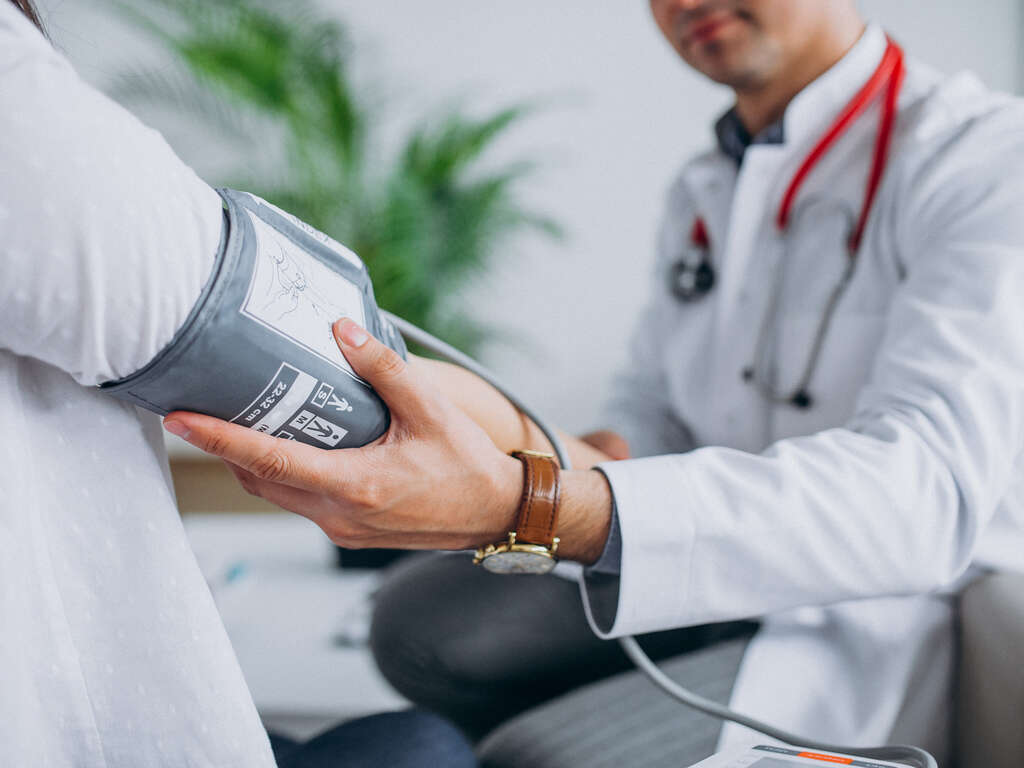Dying to Get High
This article is meant to be informative for anyone using, or considering using, substances such as fentanyl, heroin, cocaine, or morphine. These illicit drugs are highly addictive and more than ever before carry an increased risk of death by overdose. According to the Centers for Disease Control, there were over 100.000 deaths from opioid overdose in 2021.
All Opiates are Addictive
It doesn’t matter if you get them from a friend, a doctor’s prescription or just found them in your mother’s medicine cabinet. Even fentanyl patches – they are all addictive. You may know someone that is taking these occasionally who tells you they are not addicted; however, the potential is always there. Much like the potential for harm in playing with a loaded gun, or with matches and gasoline. Somebody is going to get hurt, eventually. Additionally, mixing fentanyl and alcohol together create an extreme hazard to the body’s systems, and it doesn’t matter what the method of delivery of the fentanyl is- whether patch, nasal spray or pills – the danger is still there.
Why is fentanyl addictive?
The drug fentanyl and other drugs in the opioid category become addictive in two ways:
- First, they are physically addictive, which means you will experience some unpleasant withdrawal symptoms if you stop taking them
- Second, they are highly addictive psychologically in large part because they activate powerful reward centers in the brain.
Opioids trigger the release of endorphins, which are your brain’s feel-good neurotransmitters. Endorphins mute your perception of pain and boost feelings of pleasure, creating a temporary but powerful sense of well-being.
A High Potency Drug
Illicit fentanyl is a high potency synthetic opioid that is made in unregulated labs, both foreign and domestic. It is generally 50 to 100 times stronger than heroin and 50 times stronger than morphine. Pharmaceutical fentanyl is used by doctors, surgeons and other health professionals to control severe pain from surgery and for other purposes such as chronic pain, anesthesia and pain suffered by terminal cancer patients.
Alcohol
Alcohol is a depressant, which means it inhibits brain function and slows the central nervous system, which in turn cause respiratory depression. Judgement is also impaired and inhibitions are loosed. The effects of mixing fentanyl and alcohol or other illicit drugs can include an increased risk of respiratory depression, a condition that is a major contributing cause of most opioid overdose deaths. The resulting decrease in the amount of oxygen that reaches the brain due to slowed breathing, is a condition called hypoxia, which can in turn lead to coma, permanent brain damage, or even death. You will lose some IQ points at the very least.
Illicit Fentanyl and Other Drugs

Drug use, such as taking fentanyl and other drugs like morphine, cocaine, or heroin that are available on the street, has become a major cause of accidental death. Use of these substances is risky because they are made in labs which are unregulated and are then smuggled into the United States. Obviously, there is no oversight in the manufacture of illegal fentanyl and there are no quality control measures or guarantees of purity, either. Many other drugs that masquerade as the drug Xanax, the drug Oxycodone or the like can contain lethal doses of fentanyl.
Prescription Fentanyl
Obviously pharmaceutical grade fentanyl and other regulated opioids are safer for many reasons. They are manufactured under strict guidelines by licensed and regulated companies. Strength or potency is precisely what is listed on the label, and they are generally administered and/or prescribed by a healthcare professional. Overdoses from fentanyl and alcohol happen. Mixing alcohol with prescription fentanyl is dangerous. As previously stated, alcohol impairs thinking and judgement. Combine this with readily available prescribed fentanyl pills or patches and you have a recipe for tragedy.
Drug Overdose Deaths and Street Drugs
Synthetic opioids purchased on the illegal drug market are involved in most of the opioid overdose deaths in the U.S. today. Illicit fentanyl is cheap to produce, and for that reason, is added to other illegal street drugs to make them more powerful. This fact makes these drugs potentially deadly.
Indications of Overdose
Indications of overdose from substance abuse are slowed breathing, stupor, changes in size of the pupil of the eye, cold and clammy skin, a blue discoloration of the skin, which means the person is not getting enough oxygen and finally respiratory failure. At this point, rescue breathing must be performed by a trained individual.
Naloxone and Test Strips
Thankfully there are widely available nasal sprays such as naloxone that if administered quickly, can avert a tragic and needless death. Also, fentanyl test strips are legally available in some states, which can be used to test for the presence of fentanyl in drugs that have been bought for personal use.
According to the Drug Enforcement Administration (DEA):
As little as 2 milligrams of fentanyl is considered fatal. To put that in perspective, 2 milligrams is equal to 0.002 grams. A small paperclip or thumbtack weighs approximately 1 gram. 42% of pills tested (by DEA) for fentanyl contained at least 2 mg of fentanyl, which again, is considered a potentially lethal dose. It is possible for someone to take a pill without knowing if it contains fentanyl. It is also possible to take a pill knowing it contains fentanyl, but with no way of knowing if it contains a lethal dose. Overdose deaths involving synthetic opioids (primarily illicitly manufactured fentanyl) rose 55.6 percent in 2021. Illicit fentanyl appears to be the primary driver of this increase.
An American Epidemic
Much has already been written about the opioid epidemic in the U.S, of which we are currently in the fourth wave, according to the Centers for Disease Control. An article published in the online magazine Facing South in the January 22, 2022, issue observed that: “Fentanyl overdose is now the leading cause of death…ahead of Covid 19, suicide and car accidents.”
Dependence on Opiates
All opioids are alike chemically. They attach to opioid receptors on nerve cells in the brain and body. Opioid pain relievers are generally safe when taken for a short period, as prescribed by a doctor. However, because they induce euphoria, in addition to pain relief, they are frequently misused. The body builds a tolerance and they become less effective over time, then more must be consumed to achieve the same effect. When the medication is stopped, physically painful withdrawal symptoms, combined with intense cravings will occur. Also, if the medication has been used to control chronic pain, the pain will return.
Misinformation Can Be Harmful

The L.A. Times published an article in August 2020 to debunk the idea that a San Diego County Sheriffs Deputy overdosed after coming in physical contact with fentanyl. The San Diego Sheriff’s department released a video showing a deputy seemingly passed out on the ground. Although the deputy did not overdose it was later speculated that he may have had a panic attack. By the time the article was published, the video had already been viewed millions of times. The misinformation, and thus the belief, was already out in the public sphere. Social media strikes again.
Awareness is the Answer
Obviously if a first responder is too afraid of coming in contact with someone who has overdosed on fentanyl, they may be less willing to give lifesaving treatment, perform rescue breathing or give nasal spray, in time to save a life. Because of this law enforcement recruits and veterans alike have had to be re-educated about this drug – it is not possible for fentanyl to penetrate the skin, or to overdose by just breathing in the dust.
There is Help at Turning Point of Tampa
It is more important than ever to recognize addiction and to get help. Fentanyl and alcohol addiction is something we face daily. Recovery is possible. Support and access to health professionals that understand the treatment of addiction can be found at our Tampa, Florida drug and alcohol rehab. Due to the very serious stresses from a variety of sources in modern life, many people turn to drug use as a way to cope, escape or relieve and numb the pain. Addiction from use and abuse of illicit drugs has become a serious problem in the United States, as well as elsewhere in the world. But there is help.
If You or a Loved One are Suffering
If you or a loved one is suffering from addiction to fentanyl, alcohol or any other illicit street drugs, recovery is possible. There are a variety of treatment programs, many of which take place in a medical setting. The first step is to recognize that there is a problem. Addiction cannot be controlled, but it can be treated. There are a variety of treatment options depending on the severity of the addiction problem.
Access to Recovery in Our Florida Treatment Center
Additional resources and additional information are available by calling our admissions department within out treatment center. We are in network with most major insurance companies.
Fentanyl
Fentanyl is a medication most often taken with permission and a prescription from a doctor. If Fentanyl is not taken as prescribed or in the wrong dose, it can cause overdose deaths. As an opioid Fentanyl is used in surgery and can be offered to patients as a treatment for chronic pain. As an extremely potent synthetic opioid, Fentanyl in combination with personal use of alcohol, heroin and other any addictive substance can not only cause drug abuse but the long-term effects will determine if substance use and addiction have occurred.
Fentanyl and Monoamine Oxidase Inhibitors (MAOI) Antidepressants
Monoamine oxidase inhibitors (MAOI) are antidepressants originally made for the treatment of tuberculosis. MAOI were the first modern antidepressants. MAOI are drugs used for treatment of unipolar depression. The risk in taking this drug can be severe due to interactions food-derived amines and other drug interactions. Fentanyl is a medication most often taken with permission and a prescription from a physician for severe pain. When mixing fentanyl and monoamine oxidase inhibitors (MAOI) antidepressants the drug overdose risk is high.
Fentanyl and Benzodiazepines
Taking opioids with other drugs will affect the central nervous system. The effects of fentanyl and benzodiazepines, alcohol, or xylazine (which are depressants) will increase the risk of life-threatening overdose.






